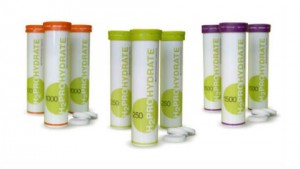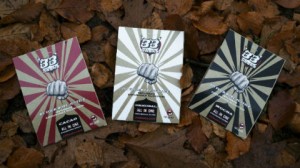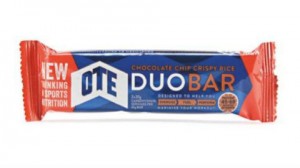 Good hydration is crucial and with warm weather here now could be a good time to think about how you will make sure you are correctly hydrated so that you get the most from your training, and recover fast.
Good hydration is crucial and with warm weather here now could be a good time to think about how you will make sure you are correctly hydrated so that you get the most from your training, and recover fast.
Before Training
The first goal is to be in good fluid balance at the start of your training session.
To do this, you just need to drink sensibly during the day. It is a myth that you should drink eight glasses of water a day to stay healthy, and there is no evidence at all to say that this much helps you with your training. Instead, drink when you feel thirsty, and take a drink at meal times.
Most people don’t need more that about 2 litres of fluid per day. This fluid can come from any source – water, juice, squash, milk, tea, coffee, food – so you can see it is quite easy to get most of this through normal meals and little more than a couple of cups of tea.
To make doubly sure you are ready for your training, you could drink 250-500ml about one hour before your session. It is perfectly okay if you drink a bit a little more here – you will just get rid of the excess when you take a visit to the toilet before you start your exercise.
During Training
What you should drink depends on the duration and intensity of the training, and your goals.
Duration: How long are you training for?
If you are training for one hour or less, then it doesn’t really matter if you drink or not; it is very unlikely that you will become significantly dehydrated in an hour, even if you are exercising hard in hot conditions. Your body has enough energy stores to easy cope with this amount of hard work, so you do not need to take in anything that contains energy.
If you are training for more than one hour, then you may need to replace the energy/fluid that you use. Plain water is not a great choice here – choose squash or a sport’s drink instead or consider electrolyte replacement tablets such as H2Pro or VipVit’s ZV0.
Intensity: What kind of session is it?
If the session is long, warm, and at a high intensity, then along with losing water (in sweat) and using up energy, you also lose electrolytes (salts) in sweat. To replace the electrolytes, you should definitely consider something with replacement salts in. You could add a small amount of table salt to your squash (a pinch per pint is the rough rule), or choose a sport’s drink – for example Lucozade Sport or Powerade ION4 – or, again, use electrolyte replacement tablets.
What are your goals?
If your goal is to lose weight, then you should not replace the energy that you use. Instead, you should choose a drink that does not contain much energy. Water could be good here. However, if you are sweating a lot and need to replace your salts, make some sugar-free squash and add some salt (you could add salt to water, but it doesn’t taste too good). Alternatively, there are some sports drinks formulated to contain electrolytes but not sugars – Powerade Zero, for example.
How much should I drink?
You can sweat quite a lot before dehydration starts to affect performance. A good rule is to drink just enough so that you don’t lose more than about 2-3% of your bodyweight. For a 70kg person, this means losing no more than about 1.5kg – three pint glasses! But how long does it take to lose 1.5kg (or 1.5 litres) of sweat? Of course, this depends on the weather conditions and the intensity you are training at. Also, everyone sweats at different rates, so it is a good idea to find out how much you sweat. To do this, weigh yourself before and after you exercise. For example, you weigh 70kg at the start, and 69kg at the end of a 1-hour ride. This is a loss of 1 litre of fluid per hour – typical for hard exercise in warm conditions.
Now let’s say you are doing a two-hour ride. You are okay with losing 1.5kg, but we know that in two hours you will lose more than that: 2kg, in fact. Therefore for this length of ride, you should drink about 500ml on-the-go. There are a number of hydration calculators available to help you with this, both online and as smartphone apps – see the Cyclo feature here.
After Training
The aim after training is to get you back to where you were before you started. If you haven’t lost any weight during your training, then you don’t need to drink more than your thirst dictates. But if you have lost some weight, you need to get back to where you were before. To do this, drink up to 500ml in the first 10-15 minutes after you finish training, and then take sips, or drink to thirst, for the next 3-4 hours. Don’t rush it. Weigh yourself again to check if you have made it.
Feature by Stephen Fritzdorf - Stephen is a Sport Physiologist, a lecturer at Lund University and creator of the Quench hydration app. He worked with the Danish Olympic Team 2008-2014, and before that with the English Institute of Sport. Details of the Quench hydration app here.














